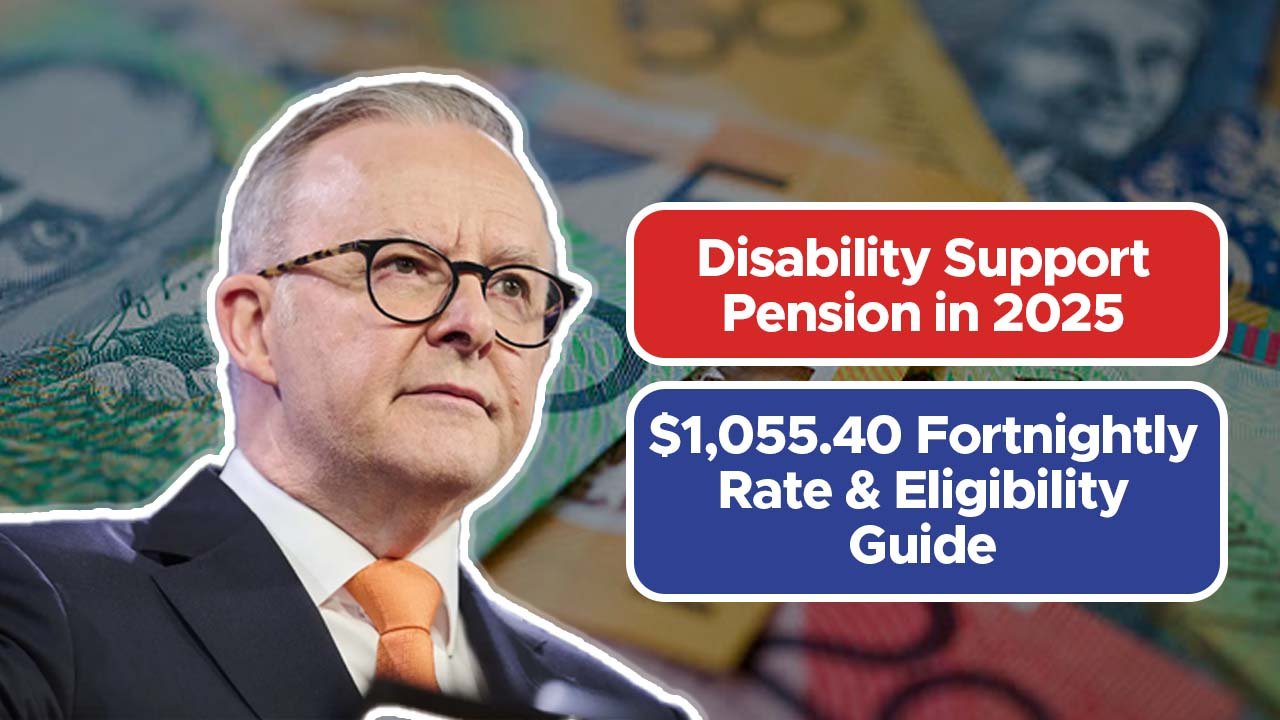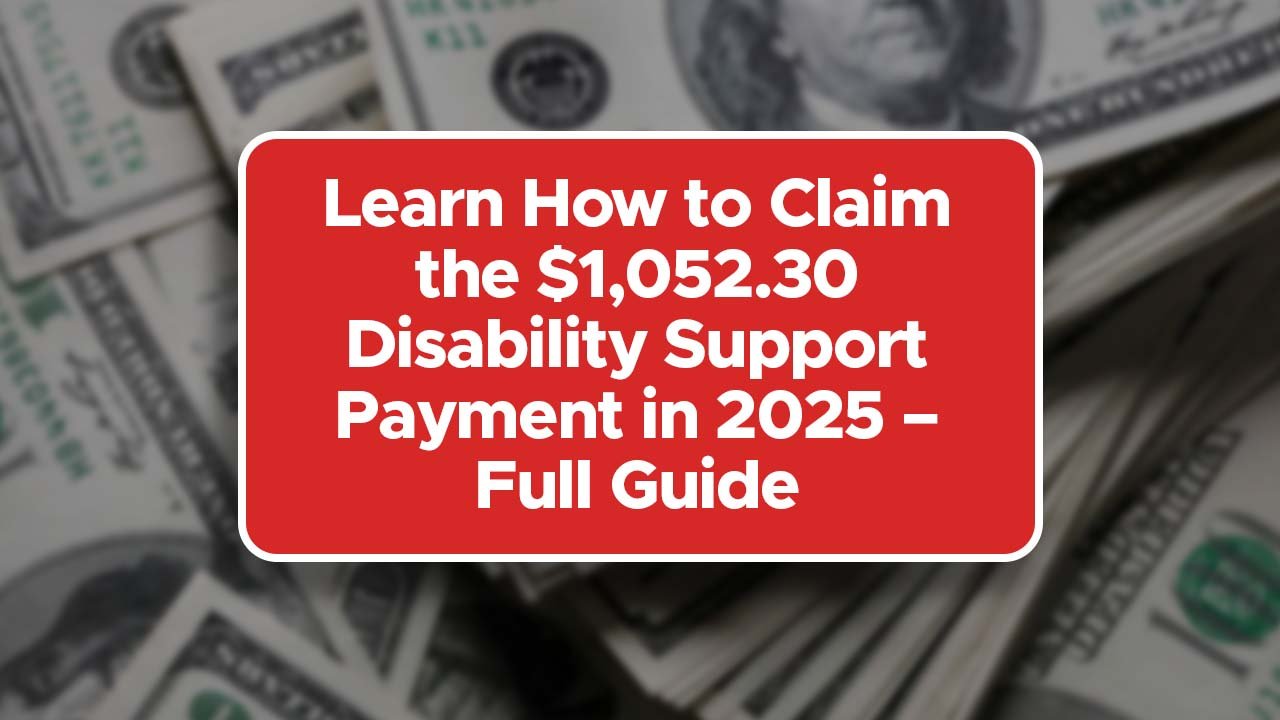As one of Australia’s most important income support programs, the Disability Support Pension (DSP) assists individuals with permanent, work-limiting, physical, intellectual or psychiatric conditions. As of 2025, the standard payment rate of $1,055.40 per fortnight linked to DSP provides financial security to eligible Australians, especially with the rise in the costs of living.
Updated 2025 DSP Payment Rates
Starting January 2025, the DSP rates revision will also consider the changes and adjustments made due to inflation. Variation in rates for singles and couples and additional energy, rent, and mobility allowances will still apply.
| Recipient Type | Fortnightly Base Rate (2025) |
|---|---|
| Single (over 21, no children) | $1,055.40 |
| Couple (each partner) | $796.70 |
| Youth under 21 (away from home) | $732.50 |
Helping Australians with disabilities remains the focus of the government. These changes assist the DSP holders to keep their independence and provide access to services that are important to their everyday living.
Core Eligibility Criteria
Meeting strict income, residency, and medical criteria are required for anyone wanting to access the Disability Support Pension. Under the medical condition, the applicant has one or more permanent physical, intellectual or psychiatric disabilities that are assessed at 20 or more for the Impairment Tables and has work capacity of less than 15 hours per week for the next two years.
Residency rules state that the person must usually be an Australian resident and be physically present in the country while making the application. Income and assets are also evaluated to ensure that the payments given are targeting individuals that are truly in need.
Medical Evidence and Impairment Assessment
Medical evidence must be comprehensive and provided by registered health professionals. This incorporates specialist opinions, results of any relevant diagnostics, and summaries of treatments that detail the permanence of a condition. Services Australia maintains impairment tables that classify conditions of vision impairment, loss of mobility, and mental health disorders. The resulting ratings have an direct bearing on the eligibility outcome.
Overall, assessment considers the functional impact of the disability on a person’s daily activities and their ability to work, rather than just looking at the disabling condition alone.
Income and Asset Testing
There are income and asset tests relating to the DSP, and these tests impact how much financial assistance a person qualifies to receive. If a recipient’s income and assets exceed certain limits, payments are reduced, and in 2025, the free area stands at about $212 per fortnight for singles before tapering reductions are applied. Exempt assets, like a primary home, are counted in tests, and certain assets also don’t affect eligibility.
In this manner, the government balances DSP to make it equitable and sustainable, primarily to meet the most urgent needs.
Applying for 2025 Services Australia Office
You can submit an application through the myGov portal using Centrelink services or visit a Services Australia office. All application forms need proof of identity, a report completing a medical assessment, as well as a report showing your income and assets. Once submitted, the application assessment can take a few weeks, and this can vary greatly depending on the complexity of the medical assessment. We advise prospective applicants to check their evidence to make sure they fully understand the evidence they have provided to avoid lengthy delays or requests for additional evidence.
DSP and Benefits of Independence and Wellbeing
In addition to the income support and the Disability Support Pension, recipients can benefit from additional solo self-sustaining programs help them to Mobility Allowance, Veterans’ Affairs Pharmaceutical Benefits, and help to assist in the support of their vocational training on the community. Their self-sustaining programs make them to participate in the community along with their wellbeing. The additional services in the 2025 revised structure show the government commitment in safeguarding and empowering long term disability clients.
FAQs
Q1. How often is the DSP rate updated?
DSP rates are updated based on the inflation and wage changes every March and September.
Q2. Can someone work part-time while receiving DSP?
Yes. Those recipients are still entitled to DSP even they work part-time, and payments are only adjusted if the income thresholds are exceeded.
Q3. What happens if my medical condition improves?
If your condition improves to the point to work over 15 full hours a week, Services Australia will reassess your condition.











